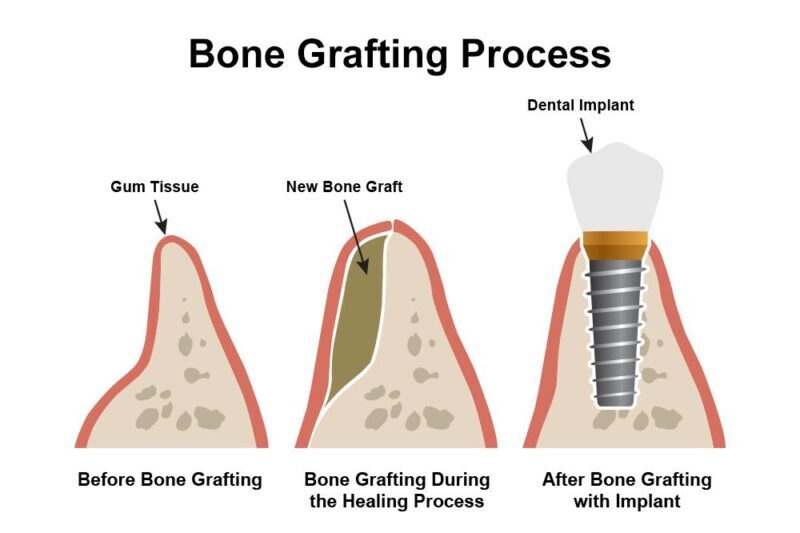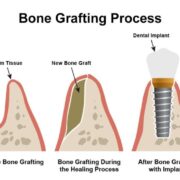Having healthy teeth is important for your overall health. Healthy teeth are a sign of good hygiene and help you eat healthy foods. When your teeth have been irreversibly damaged by decay, caries, or periodontal disease. It’s time to think about getting dental implants or getting dentures. However, sometimes even with the best preventive measures, teeth can be irreparably damaged and oral bone grafting is the only solution. If you’re experiencing dental trauma as a result of gum disease or an injury. You need to know about dental bone grafts and what options are available for you. This article will give you all the details about dental bone grafts that you need to know so you can take action and move forward with a new smile!
What is a dental bone graft?
A dental bone graft is a procedure that uses healthy donor tissue to repair or replace damaged or diseased bone in the mouth. Bone grafting is done to improve gum tissue health and regenerate nerves and blood vessels. Gums and bones around your teeth are important for several reasons. They help hold your teeth in place and protect them from bacteria and decay.
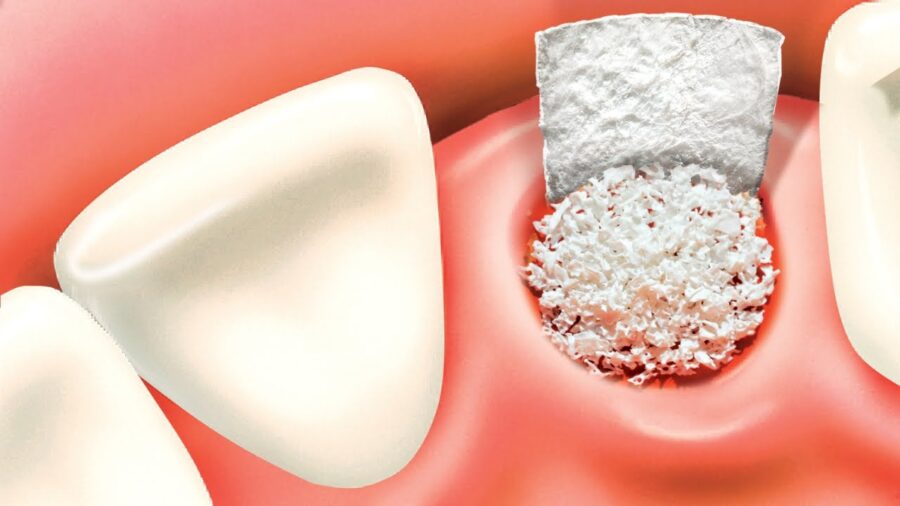
They also help your teeth stay strong and promote good oral health. When a tooth is removed, damage to the gum tissue and bone (due to trauma, periodontal disease, or tooth extraction) can prevent further tooth loss and may even allow you to replace the missing tooth with dental implants or dentures. However, there are many different types of bone grafts and each has its own pros and cons. Some bone grafts take longer to heal than others, and some are more suitable for certain patients and situations.
Types of dental bone grafts
- Autograft: This type of bone graft involves using bone from your own body to replace damaged or diseased bone in your mouth. It’s a type of graft where the graft site is removed from your body and then replanted in the damaged or diseased area. It’s one of the most common types of bone grafts and can be used in any part of the body, including the teeth. Autografts are the most common types of bone grafts for the mouth because they’re easy to perform and are inexpensive. They’re typically used for the gum tissue, jaw, and roof of the mouth (palate).
- Allograft: This type of bone graft uses bone from a cadaver donor (typically from a tissue bank). While it’s not as common, it’s usually used to repair a defect in a joint.
- Xenograft: This type of bone graft uses bone graft material from non-human animals, such as pigs. It’s used in dental bone grafts because it’s very similar to human bone and the body doesn’t reject it. Xenografts are most commonly used for dental bone grafts because they’re stronger than human bone.
- Autogenous or Xenogenic Bone or Graft Using Patient’s Own Bone: This type of bone graft uses a piece of your own bone. This is done by harvesting and removing a small piece of bone from another part of your body (typically your hip or knee). This type of bone graft is used to repair defects in the palate, lower jaw, or upper jaw.
Why is a dental bone graft necessary?
Tooth Extraction: When you get a tooth extracted. It’s important that you do everything you can to prevent further damage to the surrounding gum tissue. If the gum tissue is damaged, it’ll be painful and difficult to heal. The good news is that a dental bone graft will help regenerate the gum tissue and make it strong again.
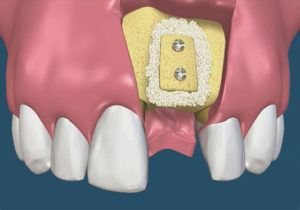
Severe Gum Disease: Severe gum disease can affect your entire mouth and cause damage to your jawbone. When this happens, you need a dental bone graft to help regenerate the damaged bone and protect your teeth from further decay.
Oral Diseases and Conditions: A dental graft can also be used to treat misalignment of the jaw, misalignment of the lower jaw, or other oral diseases and conditions.
Dental tissue culture (DTC) using donor’s teeth
Dental tissue culture (DTC) is a bone graft procedure that uses donor teeth to replace damaged bone in the mouth. This procedure starts with selecting healthy donor teeth (usually from the patient’s family members). The teeth are then cut and sterilized before being placed in a special nutrient solution.
The donor’s teeth are placed in the gum tissue of the patient and the solution is changed regularly over the course of several months. Once the donor’s teeth have formed new bone tissue in the patient’s mouth. They’re removed and the graft site is cleaned and healed. The donor teeth can then be reused in other patients or saved as a backup in case the first graft fails.
Autograft using patient’s own teeth
Autografts are one of the most common bone graft procedures and they’re typically used to repair damage to the gum tissue and lower jaw bone. This procedure starts with removing a small piece of bone tissue from a patient’s lower jaw.
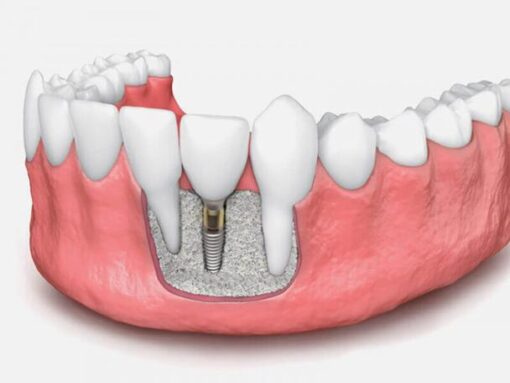
This piece of bone is then cut into small cubes and cleaned before being placed in the damaged area. Once the cubes have formed new bone tissue in the patient’s mouth. They’re removed and the gum tissue is stitched shut to prevent infection. The bone cubes are then allowed to heal for several weeks before the procedure can be repeated on the other side of the mouth.
Allograft using cadaveric bone
Allograft bone grafts are common procedures used to repair damage to the gum tissue and lower jaw bone. The procedure starts with the patient visiting a dentist or surgeon who will remove a small piece of bone tissue from the patient’s lower jaw. The bone tissue is then cut into cubes and cleaned before being placed in the damaged area. The cubes are placed under the gum tissue and held in place with stitches.
The teeth are not disturbed during the procedure, and the graft site is allowed to heal for several weeks before the stitches are removed and the gum tissue is stitched shut. The healing can take up to several months and the first graft procedure is usually followed by a second graft on the other side of the mouth.
Conclusion
A dental bone graft is often necessary to repair damage to the gum tissue and surrounding jaw bone. There are several types of bone grafts, including autograft, allograft, and DTC using donor’s teeth. Each type has different benefits and drawbacks. So it’s important to discuss your situation and get recommendations from your dentist to decide which type is best for you.

